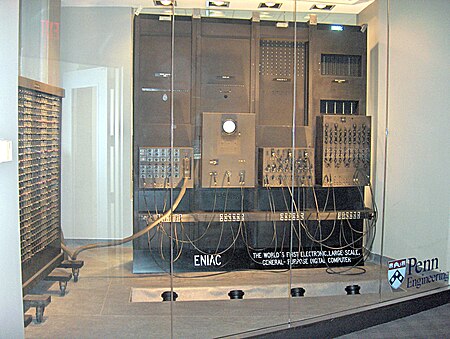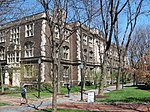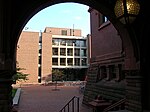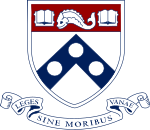ENIAC

ENIAC (; Electronic Numerical Integrator and Computer) was the first programmable, electronic, general-purpose digital computer, completed in 1945. There were other computers that had these features, but the ENIAC had all of them in one package. It was Turing-complete and able to solve "a large class of numerical problems" through reprogramming.Although ENIAC was designed and primarily used to calculate artillery firing tables for the United States Army's Ballistic Research Laboratory (which later became a part of the Army Research Laboratory), its first program was a study of the feasibility of the thermonuclear weapon.ENIAC was completed in 1945 and first put to work for practical purposes on December 10, 1945.ENIAC was formally dedicated at the University of Pennsylvania on February 15, 1946, having cost $487,000 (equivalent to $5,900,000 in 2020), and was heralded as a "Giant Brain" by the press. It had a speed on the order of one thousand times faster than that of electro-mechanical machines; this computational power, coupled with general-purpose programmability, excited scientists and industrialists alike. The combination of speed and programmability allowed for thousands more calculations for problems. As ENIAC calculated a trajectory in 30 seconds that took a human 20 hours, one ENIAC could replace 2,400 humans.ENIAC was formally accepted by the U.S. Army Ordnance Corps in July 1946. It was transferred to Aberdeen Proving Ground, Maryland in 1947, where it was in continuous operation until 1955.
Excerpt from the Wikipedia article ENIAC (License: CC BY-SA 3.0, Authors, Images).ENIAC
South 33rd Street, Philadelphia
Geographical coordinates (GPS) Address Website Nearby Places Show on map
Geographical coordinates (GPS)
| Latitude | Longitude |
|---|---|
| N 39.9523 ° | E -75.1906 ° |
Address
Moore School Building
South 33rd Street 200
19104 Philadelphia
Pennsylvania, United States
Open on Google Maps







